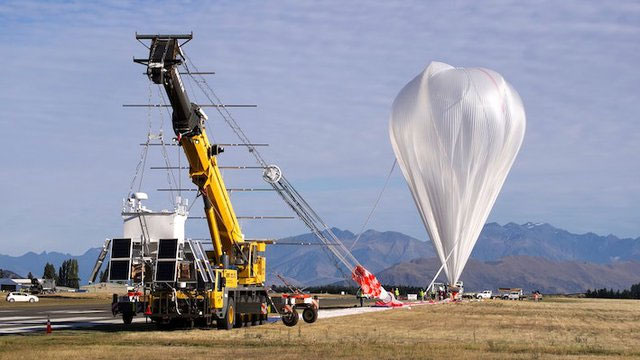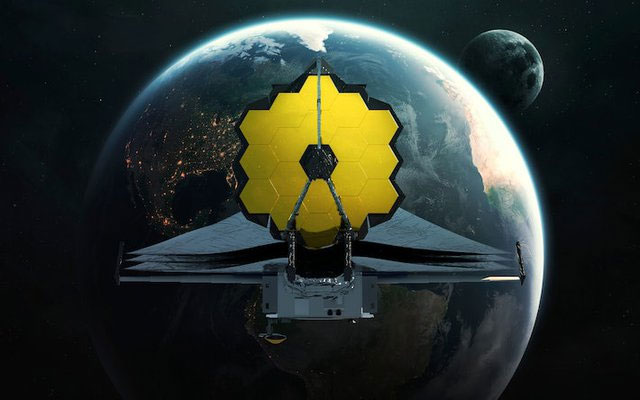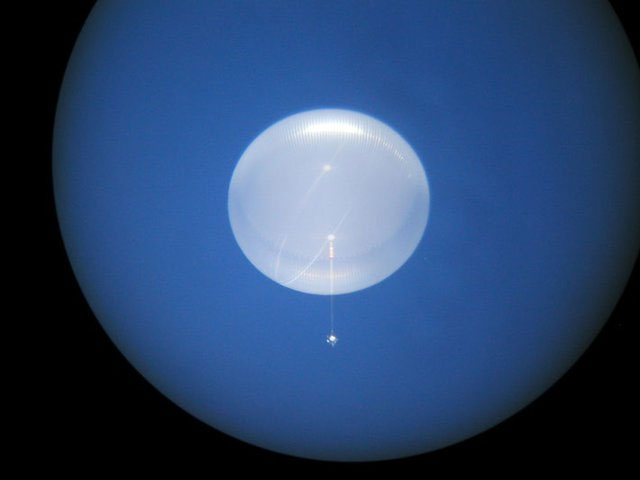The NASA balloon program analysis team recently presented a roadmap for NASA to guide them on how to plan and fund future balloon astronomy programs.
Balloon technology has been utilized for over a century to conduct physics experiments, astronomical observations, and Earth observation work, yet it remains relatively unfamiliar to the general public. Balloon astronomy shares many advantages with space telescopes, but at a fraction of the cost.
The first modern scientific balloon experiment took place in 1912 when Austrian physicist Victor Hess lifted three photometers to an altitude of over 5.2 kilometers (although meteorologists had been using balloons to measure air temperature at various altitudes since the late 19th century).
Hess was attempting to demonstrate that background radiation emanated from radioactive minerals in the Earth, but instead, he discovered that the level of ionizing radiation actually increased at high altitudes. This experiment led to the discovery of high-energy particles that we now call cosmic rays, earning Hess a Nobel Prize and marking the beginning of the field of high-energy astrophysics.

The NASA Super Pressure Balloon shown here can be used for long-duration flights of unmanned scientific experiments in the upper atmosphere.
Modern balloon missions serve many fields of science. Cosmic ray observations provide valuable data for particle physics experiments. Cosmic rays often carry much higher energy than what scientists can achieve in particle accelerators like the Large Hadron Collider, allowing these missions to collect valuable data by tracking collisions between cosmic rays and air molecules in the upper atmosphere.
However, balloons are also frequently used for more traditional astronomical observations. Small telescopes (with apertures smaller than 1 meter) are often suspended in the atmosphere to study exoplanets. They can directly observe protoplanetary dust rings around stars and detect new exoplanets.
The high altitudes of balloon flights mean that infrared (IR) telescopes can be placed above the water vapor in our atmosphere. Since water vapor absorbs infrared light very efficiently, these telescopes can perform high-resolution observations of very faint stars that cannot be achieved from the ground. Similarly, radio telescopes operating in the terahertz (THz) band, which are also blocked by water vapor in the atmosphere, can be raised high enough to study the interstellar medium.

The James Webb Space Telescope costs nearly $9 billion and is significantly more expensive than balloon missions, which may be more suitable for smaller research programs.
Balloons can position scientific instruments and observatories at altitudes sufficient to gain many advantages over space-based observatories, but they still have certain drawbacks.
The most obvious advantage of balloons over satellites is their low cost; the James Webb Space Telescope (JWST) costs nearly $9 billion, and even modern commercial launch service providers, with their reusable rockets, are still beyond the budget of smaller programs and research institutions. Balloons can lift extremely large and bulky payloads to the edge of space and remain aloft for extended periods, at a cost that is only a small fraction of a rocket launch.
Because these missions are low-cost, they can tolerate much higher levels of risk. This not only means that newly graduated or undergraduate researchers can directly participate in the development of research tools.
Balloon missions also have a very high recovery rate. Satellites tend to be abandoned in space or re-enter the atmosphere. In contrast, balloon missions are often equipped with GPS receivers and continuously transmit remote measurements, allowing their operators to know exactly where to find them and retrieve them back to Earth.

Many instruments sent into space, both in orbiting observatories and on probes sent to other planets, rely on designs first tested on balloons.
For example, the flashing fiber optic telescope is a cosmic ray detection instrument commonly used in space. One has been utilized in the Cosmic Ray Isotope Spectrometer (CRIS), which has operated flawlessly on the ACE spacecraft for the past 23 years.
Another device is part of the CALorimetric Electron Telescope (CALET), which has been operational on the International Space Station (ISS) since 2015. These instruments were first used in cosmic ray experiments generated by balloons and have thus benefited from many years of development and testing before being launched into space.
Similarly, the Payload for Antimatter Exploration and Light-nuclei Astrophysics (PAMELA) and the Alpha Magnetic Spectrometer 2 (AMS02) on the ISS both rely on equipment originally designed for the near-space altitudes where balloons operate.


















































